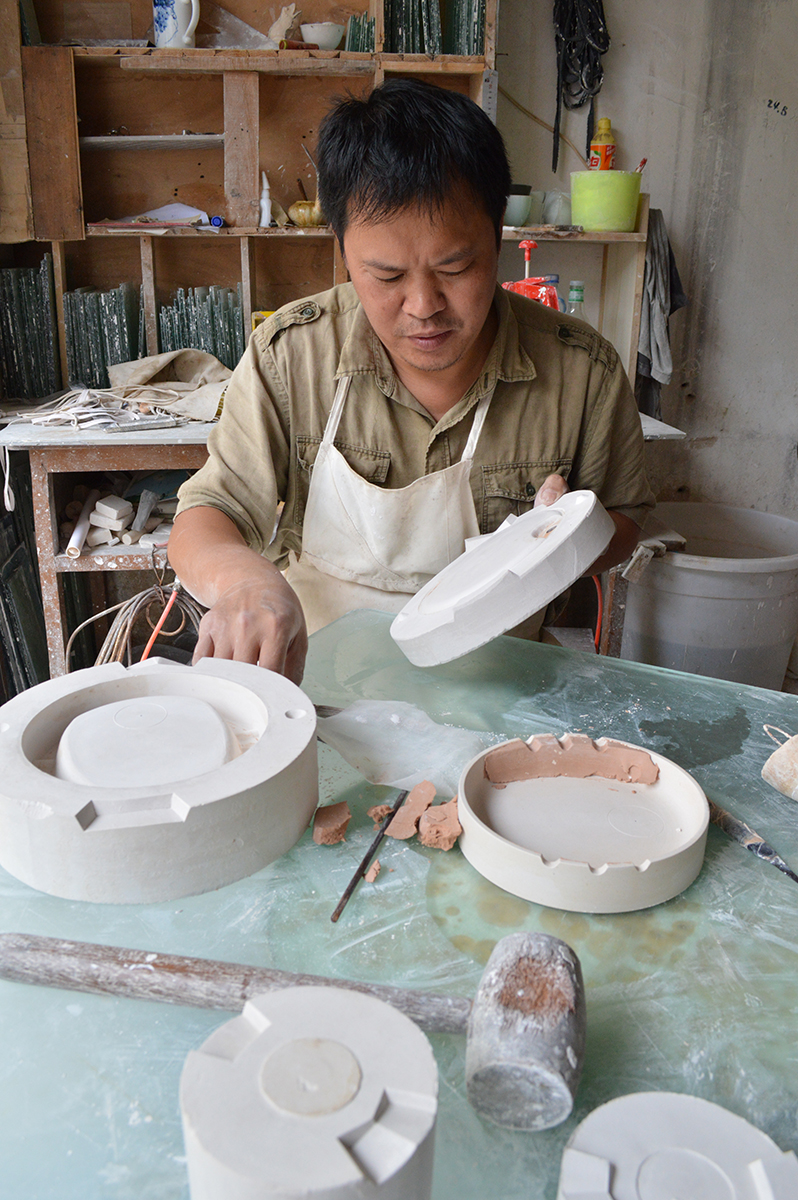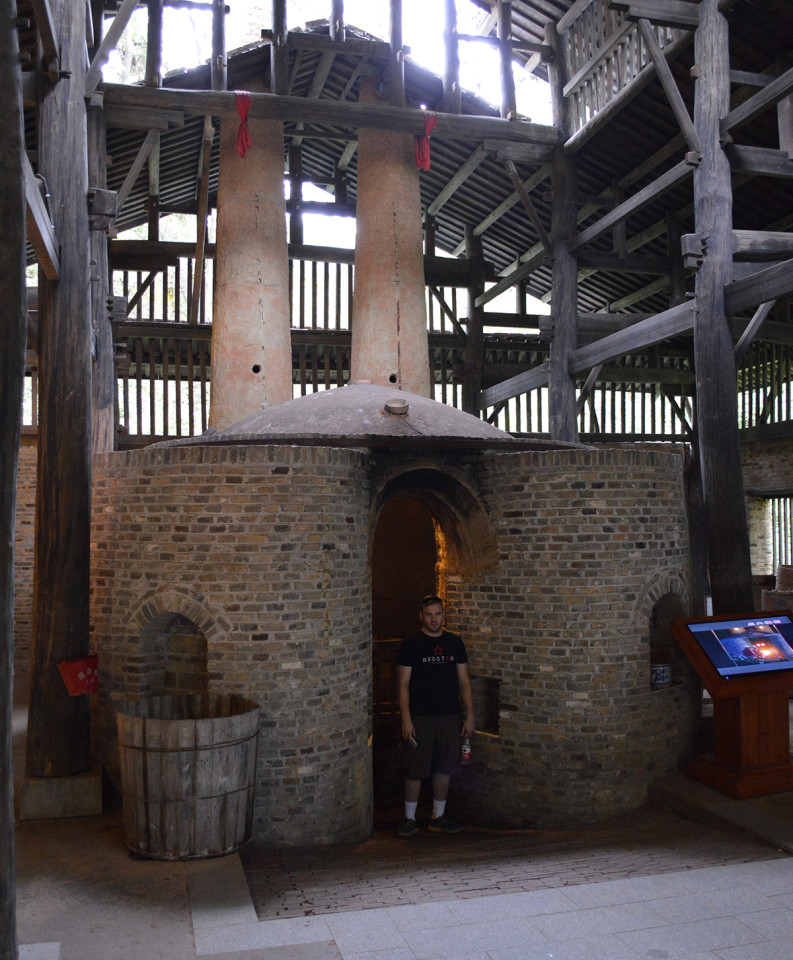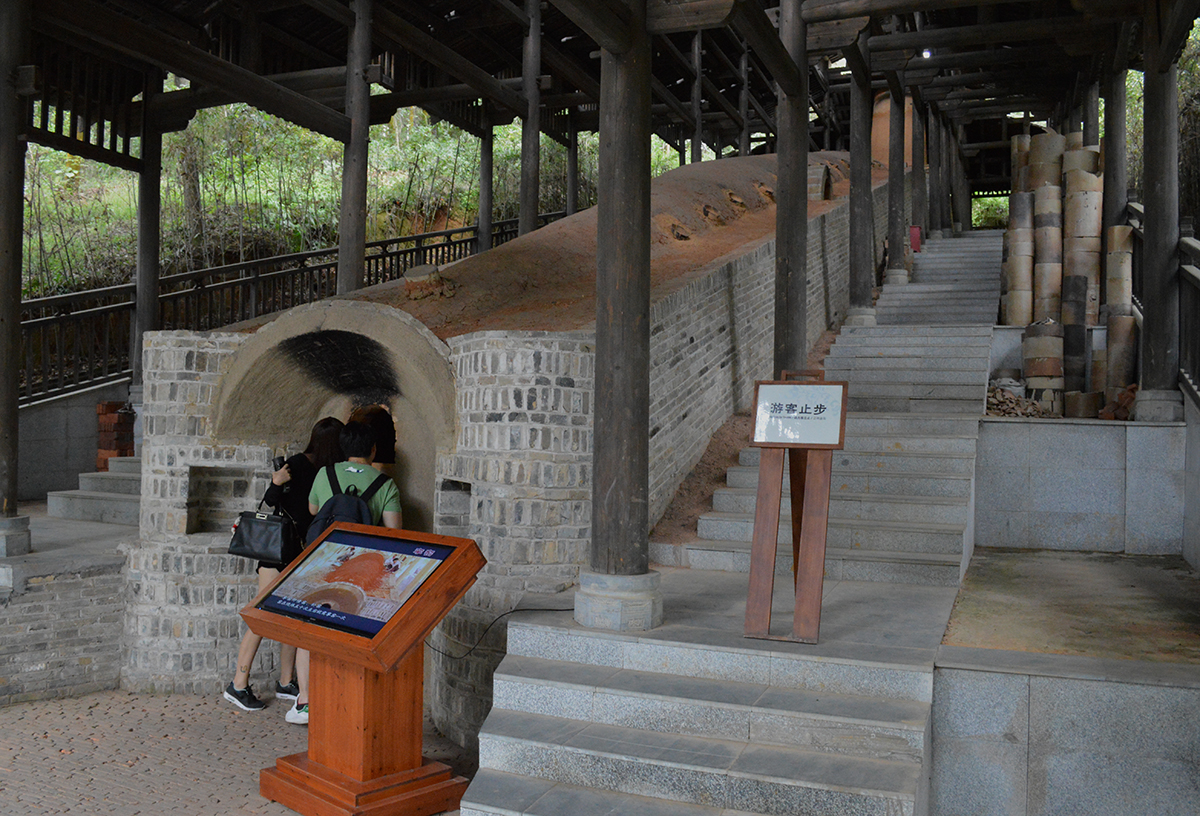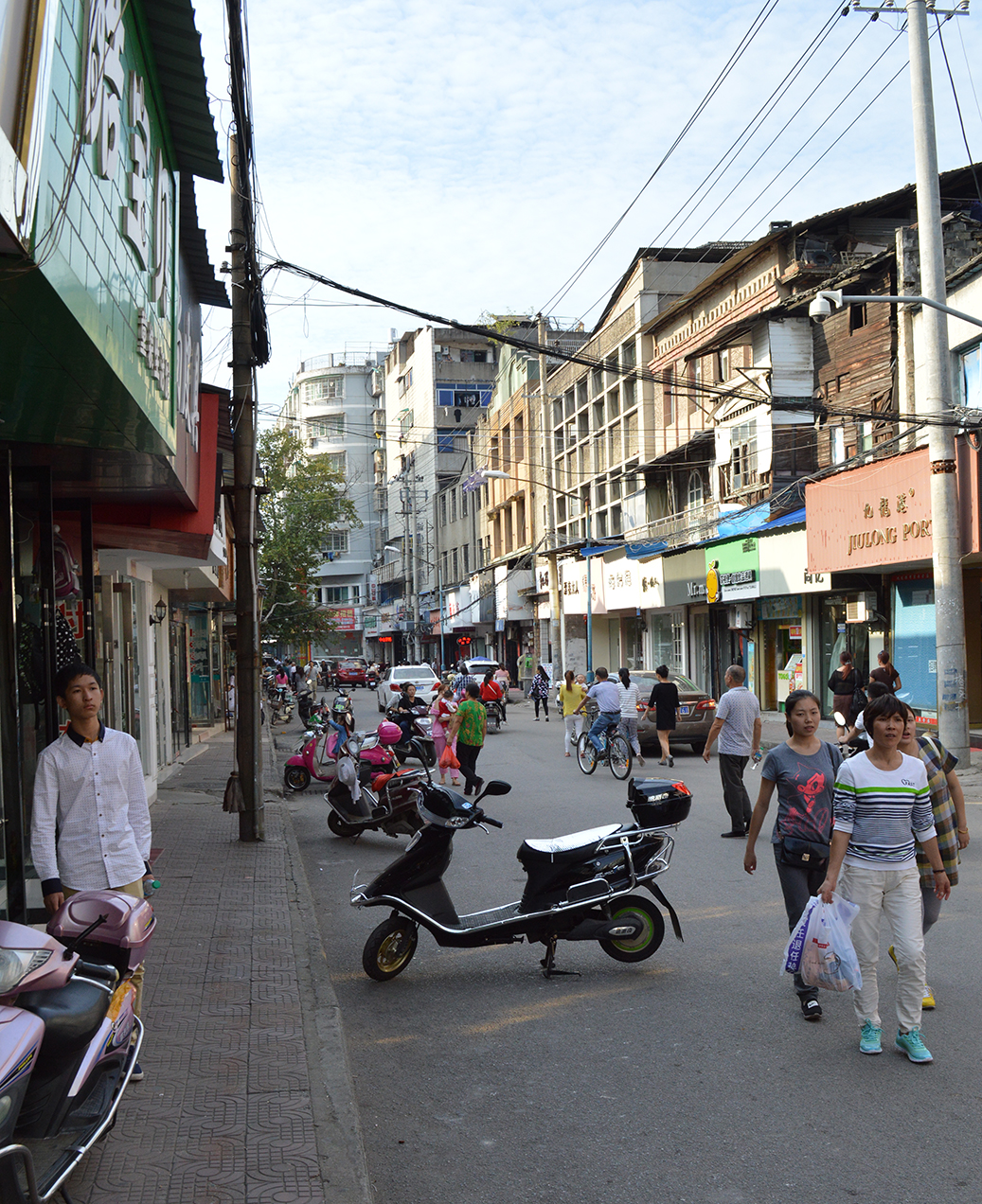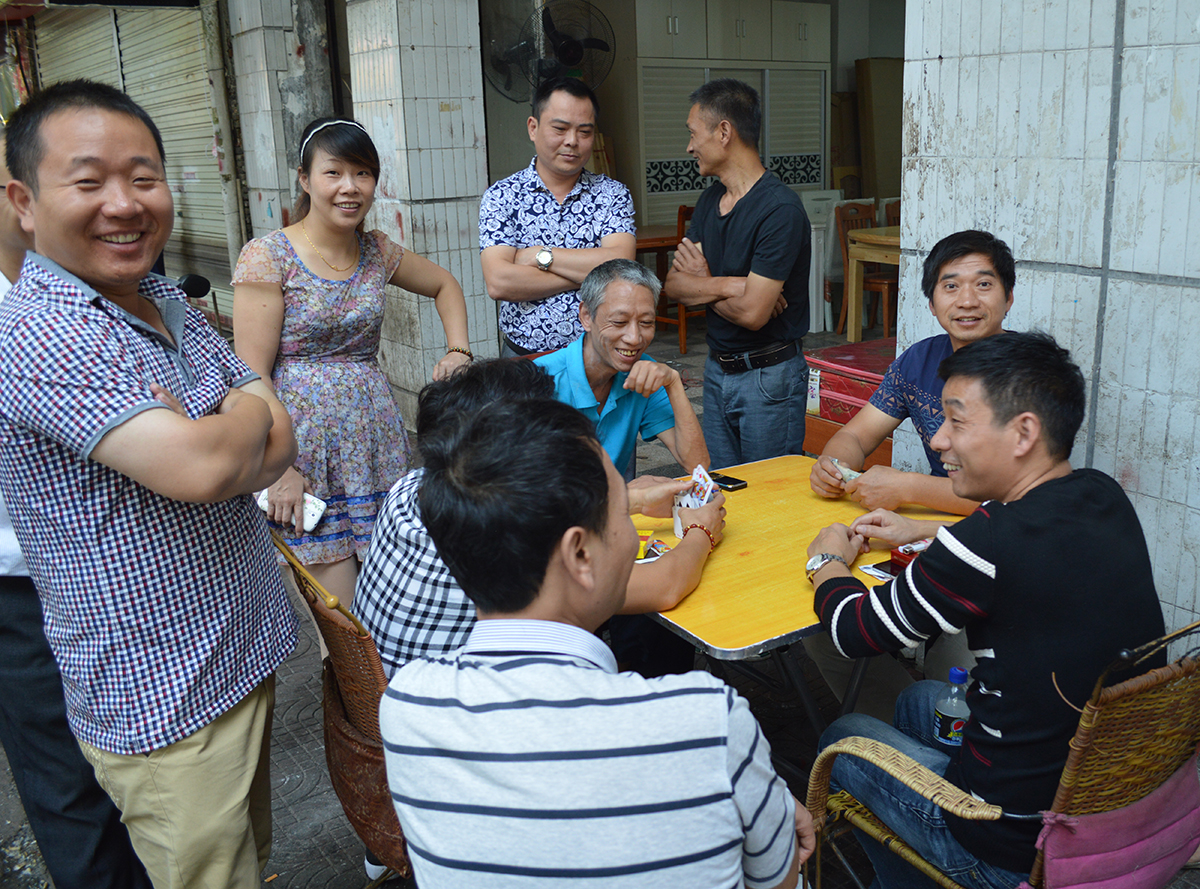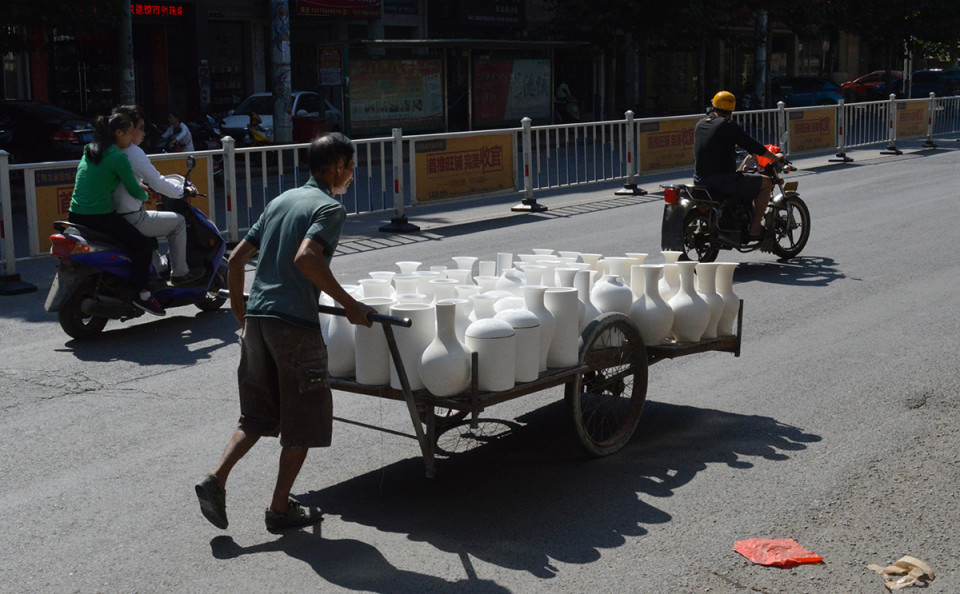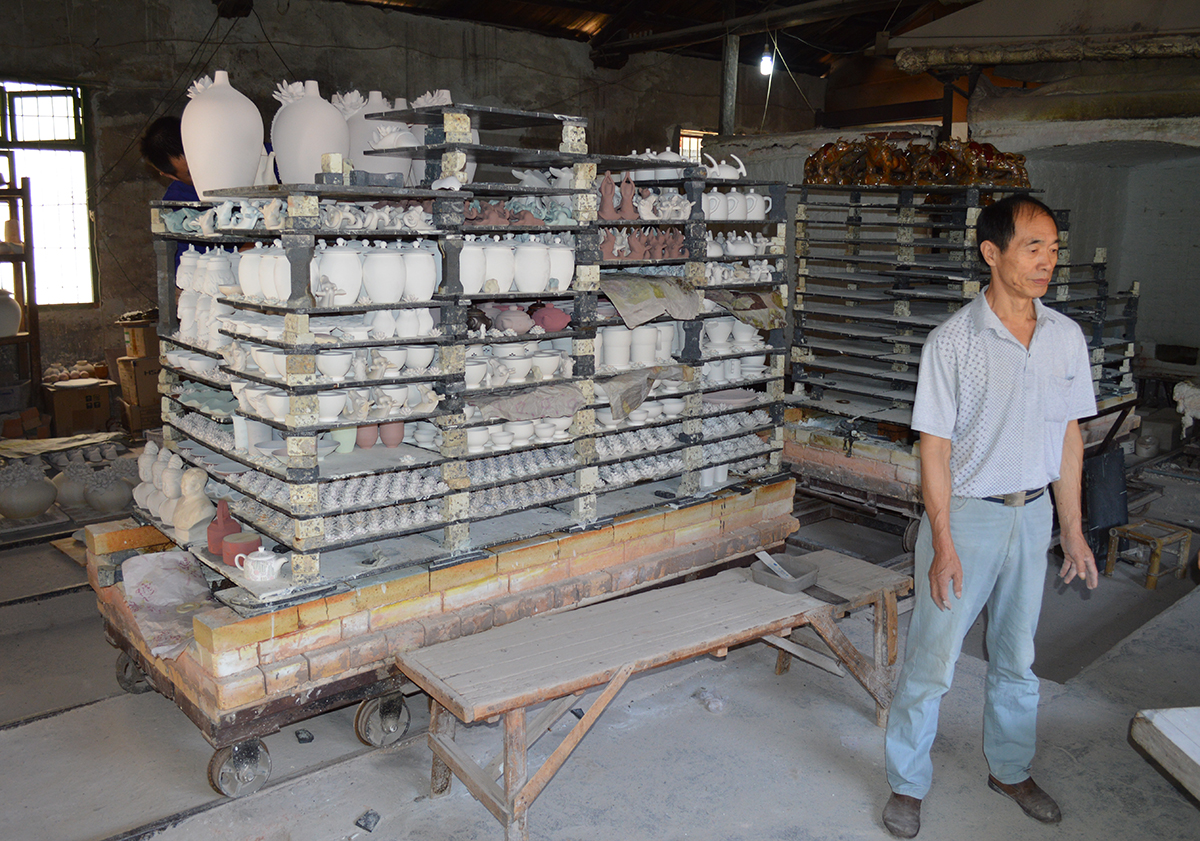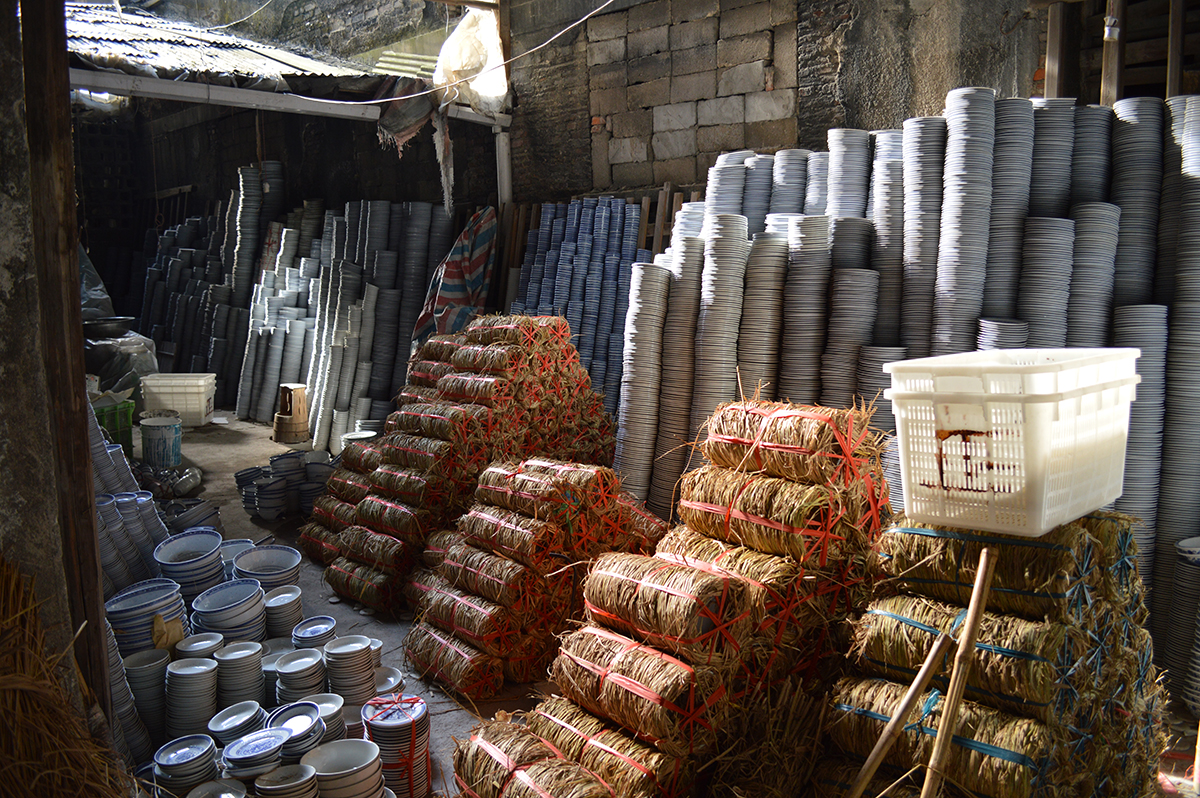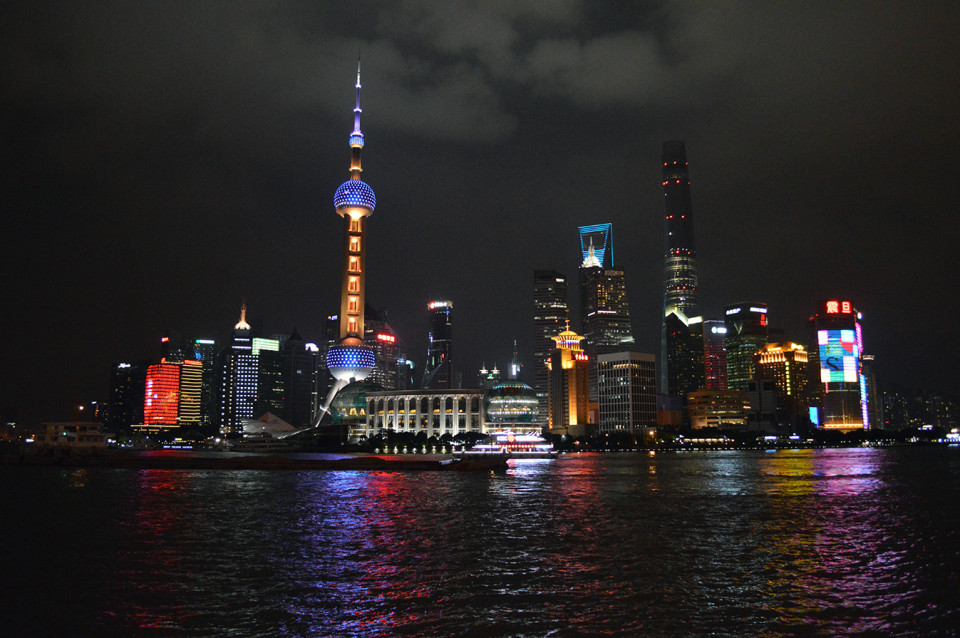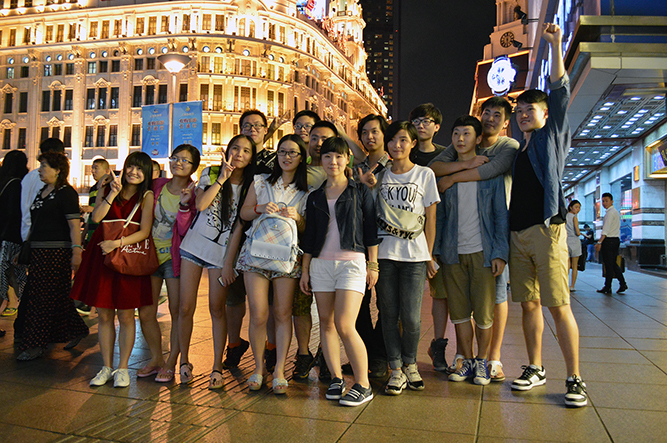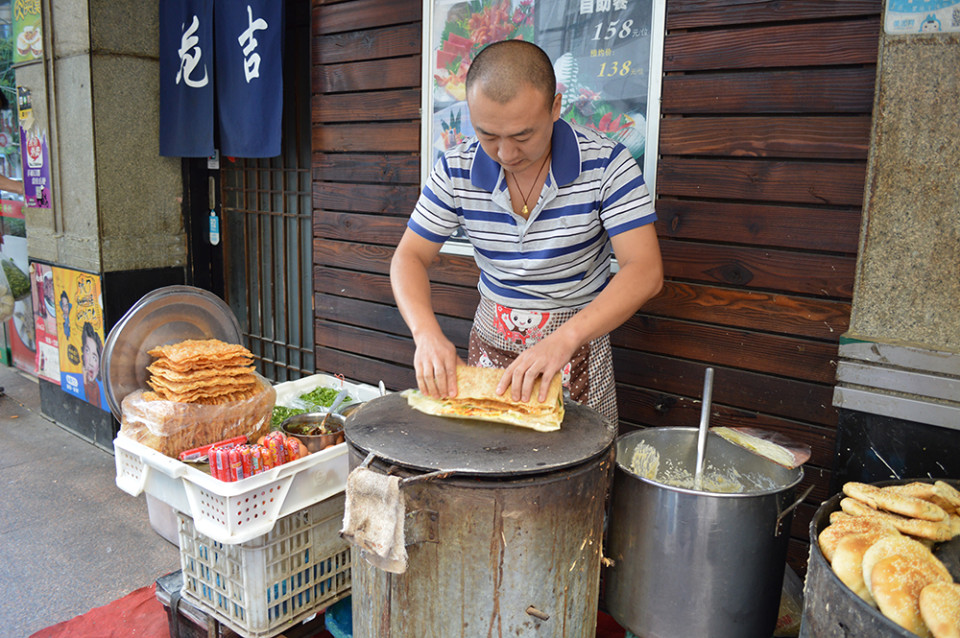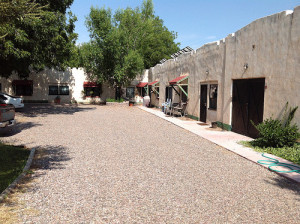September 25, 2015
The past two weeks in Jingdezhen have been busy with Chinese ceramic art history classes each morning presented by Shoji Satake. Afternoons were dedicated to workshops with local masters demonstrating carving, mold making, overglaze decoration, and Qinghua (qīng-huā – cobalt ‘blue flowers’) underglaze techniques. Visits to local craftsperson’s studios and demonstrations in the Pottery Workshop provided an introduction to tools and techniques used on porcelain wares.
Everyone in Jingdezhen specializes in a particular aspect of porcelain production. It is taking some time for me to adjust because I am accustomed to preparing my own materials and doing all of my own fabrication. Although it would be possible for one person to do everything here, it is impractical.
Hundreds of small shops specialize in clay preparation, jigger-jolly production, glazing, brush-making, slip casting, overglaze decorating, decals, and the list goes on. Entire streets are dedicated to one aspect of the process, decal street, glaze street, and so forth.
Similarly, one can find concentrations of hardware stores, scooter sales, metal and welding shops, and every imaginable combination of these, one after the other along the streets. Shop owners weld, repair scooters, and make furniture in cramped spaces with their work extending out onto the sidewalks. Entrepreneurship appears everywhere – it is more reminiscent of Mexico than the United States. Prices are almost always negotiable.
I visited the ancient kiln museum in Jingdezhen with the West Virginia University group. The museum has an original Qing Dynasty (1644-1912) kiln and several examples of kilns from other regions of China. The museum also has a Buddhist temple for kiln gods, a workshop with potters demonstrating forming and decorating techniques, and a showroom of historic and contemporary porcelains.

